A General Contractor’s Guide to Commercial Building Construction
Togal.AI
|
The construction of a business or venture with the sole motive of gaining profit is called commercial construction. It involves the designing, renovating and building of commercial structures such as offices, retail centers, hotels, and restaurants.
Despite the two consecutive years of decreased construction spending caused by the pandemic, non-residential construction is forecasted to increase 5.6% to $837 billion in 2022. Meanwhile, the specific market size, measured by revenue, of the Commercial Building Construction industry is $230.4bn in 2022. Commercial construction is a thriving sector with more than 65,000 commercial building construction businesses in the US alone as of 2022.
To compete for the construction contract, developers and general contractors submit competitive proposal bids. Detailed and accurate plans and cost estimates increase the chances of getting awarded the commercial project. Thus, major general contractors are leveraging AI estimating software like Togal.AI.
In this article, we aim to help general contractors get ready for their next commercial construction project by covering the following topics.
- The Difference Between Commercial, Residential, and Industrial Construction.
- Common Types of Commercial Building Construction
- Different Levels of Commercial Building Construction
- The Commercial Building Construction Process.
- The Use of Technology for Streamlining the Commercial Preconstruction Process
The Difference Between Commercial, Residential, and Industrial Construction
Construction firms can specialize in several different types of construction. Three of the most significant categories include residential, commercial, and industrial construction.
What is Residential Construction?
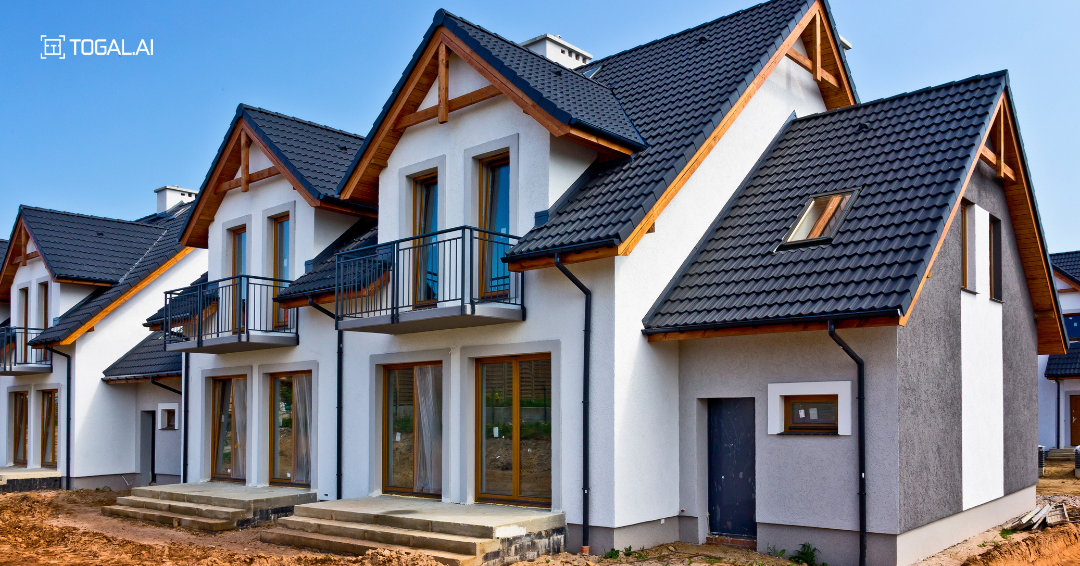
The development of buildings designed and built for residential living is called residential construction. This includes houses, condos, and townhomes funded by developers and homeowners.
What is Commercial Construction?
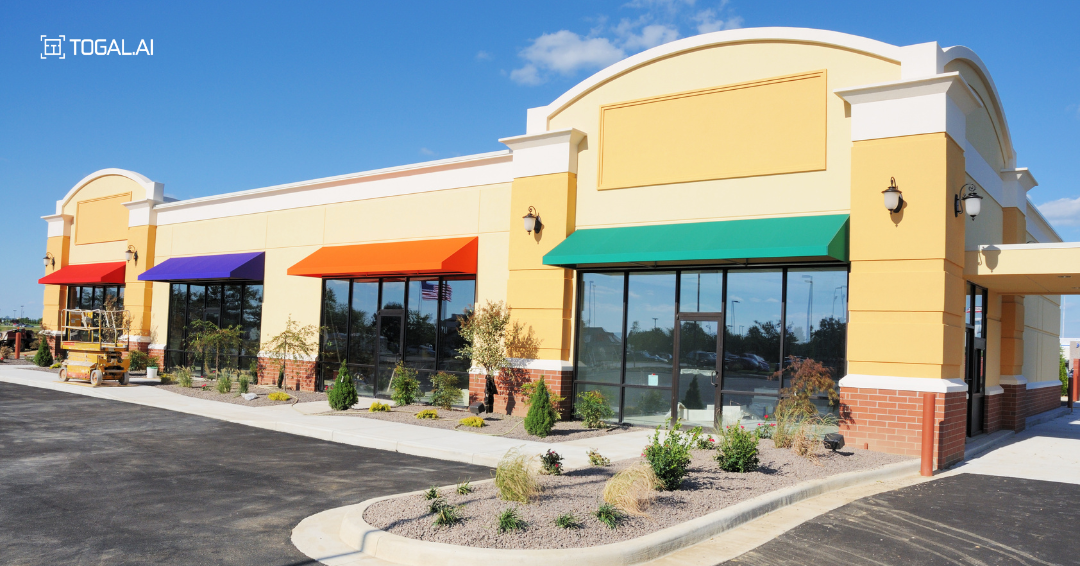
The construction of commercial buildings that aim to gain profit is called commercial construction. This includes restaurants, universities, sports facilities, hospitals, and retail centers. These buildings are often strategically placed in locations that allow it to be easily accessed by the public.
What is Industrial Construction?

The construction of a business that deals with manufacturing goods is called industrial construction. This includes establishments like manufacturing plants, power plants, refineries, and solar wind farms. Industrial construction is often located on the outskirts of a town and closed off from the public.
Common Types of Commercial Building Construction
There is a wide range of projects that fall under commercial construction. Some of the common commercial projects are as follows.
Restaurants

While restaurants vary in size and complexity, they will generally include a large kitchen with commercial appliances, a refrigerated space, a storage room, a dining area, and public restrooms. This type of project also requires an understanding of local regulations pertaining to safety issues and other kitchen-related matters.
Medical Facilities

Although many hospitals and clinics may not seem like businesses, they are commercial enterprises that earn money by helping patients. Construction of medical facilities should factor in room for large medical equipment and easy movement for personnel and patients. This facility will likely be used by all segments of society, so accessibility needs to be taken into consideration.
Retail and Grocery Stores
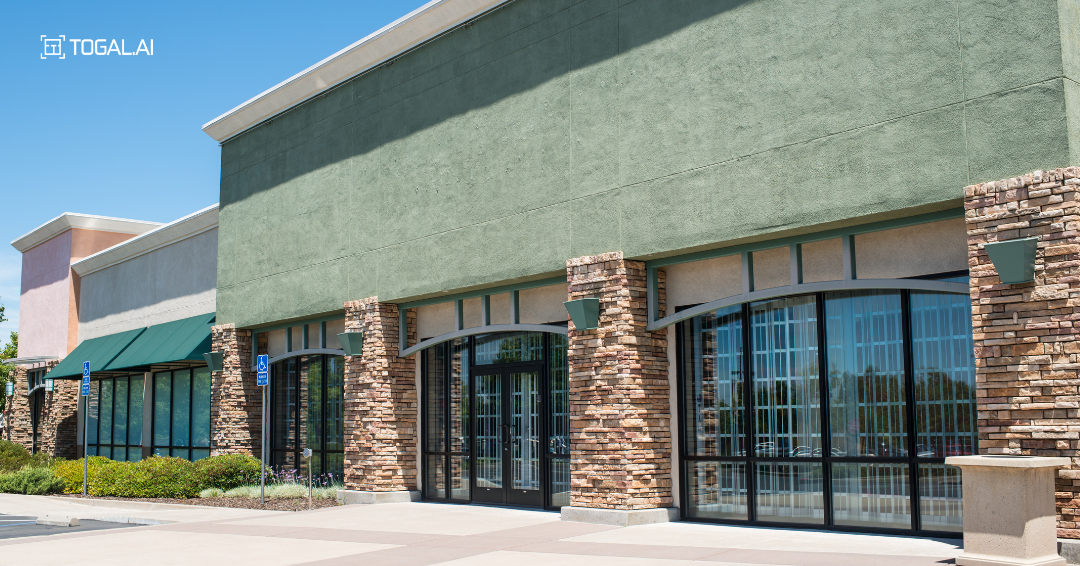
This type of project includes malls, shopping centers, and other establishments that sell goods and services to customers. These are establishments that are frequented by customers on a regular basis. Hence, their construction must factor in a more strategic interior layout that enables fluid movement for its visitors, and a more welcoming outer design.
Hotels and Motels

As opposed to renting apartments, hotels and motels are more commercial in nature due to their faster turnover rate. Their construction should factor in ease of access, comfort, and privacy to improve the experience of the guests. This includes adding amenities such as an in-room Jacuzzi or soundproofed walls.
Sports Facilities

Sports facilities include massive stadiums and even smaller facilities for fitness centers, schools, and other playing areas. Its design often incorporates bleachers and other factors that enable large crowds to safely and effectively view the game.
Office Buildings
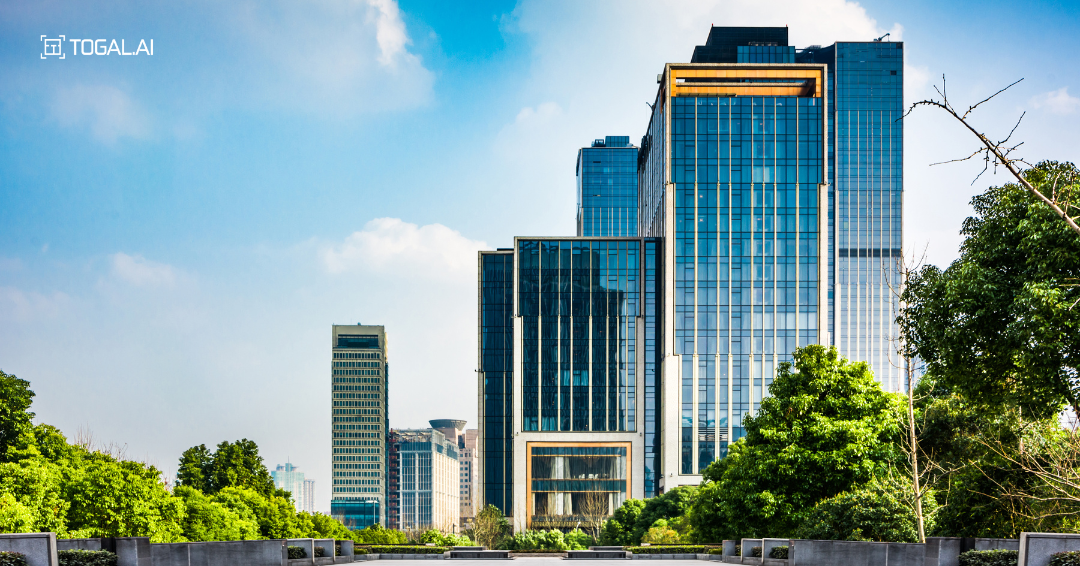
In this type of project, standard office space is divided into separate rooms, including restrooms and a kitchen. Depending on where it’s located, it can be a one-story building or a skyscraper. If it's the latter, its design should cater to higher occupancy and incorporate at least one staircase and possibly an elevator.
Different Levels of Commercial Building Construction
There are various levels of commercial construction, namely small-scale, medium-scale, and large-scale. How a project is handled largely depends on the scale of the project.
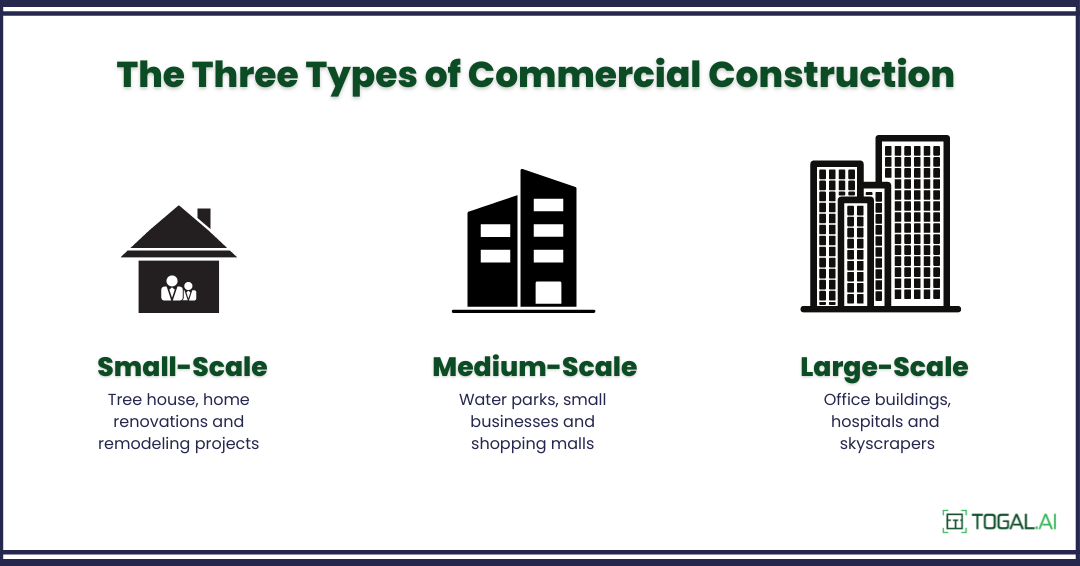
Small-Scale Commercial Construction
Small-scale commercial projects typically include rebranding, repairs, and renovation. Because it's often completed in a shorter time with minimal personnel, it's typically less costly than other commercial projects. Renovating the waiting room of a small health and wellness massage center is an example of a small-scale construction project.
Medium-Scale Commercial Construction
Medium-scale commercial projects typically include restructuring, expansion, and remodeling of a commercial structure. It's often used to restore buildings that are getting old, expand structures to accommodate more employees, or add new facilities for a growing company. Building an additional 14-room wing for a school building is an example of a medium-scale construction project.
Large-Scale Commercial Construction
Unlike small and medium-scale projects, large-scale commercial construction begins from the ground up. Because there is no already-built structure that can be used as a reference, the architect, developer, and general contractor must establish a new structure based on the owner's vision. This process will require a lot of time for planning, preparation, and development. Building hotels and large skyscrapers is an example of a large-scale construction project.
Commercial Building Construction Process
Building a commercial building includes a wide range of tasks that can overwhelm general contractors. To simplify the commercial construction process, we've outlined its 7 significant stages below.
- Planning and Development Phase
This stage is the most crucial because it sets the foundation and trajectory for the rest of the project. This includes finding the location, setting up the budget, and choosing the general contractor.
- Location
Location can largely impact the cost of the project. For example, areas of high demand have higher land prices for construction. When choosing a location, consider factors like ease of access and the presence of nearby infrastructure that can help handle the needs of future business.
- Budget
At this stage, the project owner must connect with the construction manager and general contractor to generate accurate cost estimates.
- Choosing the General Contractor
Multiple commercial general contractors compete for the contract by submitting detailed cost estimates and accurate plans.
- Pre-Design Phase
The Pre-Design stage aims to outline the specifics of the project’s needs. Few crucial elements will be determined for the remaining phases of the commercial building's construction, such as:
- Rooms in the building, their sizes, and their purposes.
- Orientation of the structure in relation to local roads and utilities.
- Construction materials, costs, and equipment.
- The construction phase’s cost estimates
- Timeline of the general commercial construction for outlining contracts.
- Design Phase
At this stage, detailed drawings, and schematics of the buildings are required. Aside from the architect and the builder, the expertise of several engineers is also needed to ensure the structural integrity and code compliance of the building.
Some of these experts are shown in the table below:
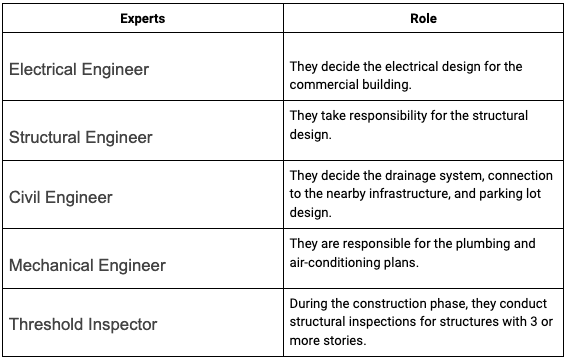
In this phase, construction costs and timelines are provided for each stage of construction. The contractors build the structure based on the resulting drawings and final specs.
- Pre-Construction Phase
This phase heavily deals with paperwork as the project needs to get the required permits and insurance for those on the site. The process is as follows:
- The project owner gives the contractor notice to proceed.
- The materials list is distributed to vendors and commercial subcontractors for quotes.
- Vendor bids are taken to ensure the procurement phase meets budgetary expectations.
- A site investigation is conducted to prevent unexpected complications such as environmental hazards.
- The soil is also tested for suitability for construction.
- A field team is established for the project's site work.
- Procurement Phase
The procurement phase deals with purchasing all the items required to complete the commercial construction project. While it’s important to not exceed planned costs, it’s still crucial to find durable construction material and skilled service providers.
At this stage, the owner and the seller create an agreement in accordance with the contract called a purchase order. This ensures that purchased products meet the agreed specifications for the specified price.
Often, this process is taken care of by the general contractor. But to prevent problems caused by miscommunication, a construction management team ensures that the contractor communicates the process with the rest of the parties involved.
- Construction
Construction begins by preparing the site. Vegetation is removed and the site is excavated. Guidelines are also established to set work schedules, storage of material and equipment, and how workers can access the site.
Once the site preparation is completed, the construction process will be executed as follows:
- Foundation
- The foundation is created with poured-out concrete and the structure is erected. The foundation will support the building and makes sure it stays in place. Thus, if the foundation isn’t laid properly, it can pose safety risks.
- Framing
- Framing refers to the internal components of a building that provide structural support and shape.
- Roofing, HVAC Systems, and Siding
- Roofing and siding are installed after the framing is completed. It is also necessary to install HVAC systems, plumbing, and plumbing before installing the internal walls.
- Internal Work
- Work on the interior involves laying out flooring, putting up and painting walls, placing windows and doors, and installing light fixtures.
- External Work
- The exterior work involves building exterior walls, installing windows, and placing exterior doors.
- Landscaping
- To obscure the signs of recent construction and make the site aesthetically pleasing, landscapers plant grass, flowers, or trees on the site.
- Post-Construction
At this phase, the general contractor must walk the project owner throughout the building. The owner must evaluate the quality of the project along with other inspectors. Any evidence of unsatisfactory work is listed on a punch list.
Once the items on the punch list have undergone correction, the owner then receives a certificate of substantial completion from the architect/ This permits the owner to bring in temporary, portable items such as furniture. Additionally, it allows for an official building inspection to allow occupancy.
Leverage AI Technology to Streamline the Commercial Preconstruction Process
General contractors compete for commercial construction contracts by submitting proposal bids, and a detailed and accurate plan has a better chance of getting awarded the project. The bottleneck is that 60% of contractors' and estimators’ time is still spent doing takeoffs. While the process is critical to pricing a commercial job, ROI is not guaranteed.
To maximize a construction firm’s potential for future revenue, the takeoff and preconstruction process must be streamlined through the use of AI technology.
By allowing Togal.AI to automate and complete takeoffs in seconds with 97% accuracy, construction firms can shift their focus on other important tasks such as value engineering. Value engineering is used to predict the most accurate and cost-efficient project plan for the commercial project owner. Furthermore, a faster takeoff process means minimal labor costs that result in a more competitive bid proposal.
Experience how Togal.AI can help streamline the commercial preconstruction process by booking a free demo. A dedicated product manager will help you explore how easy it is to integrate Togal.AI into your workflow.
